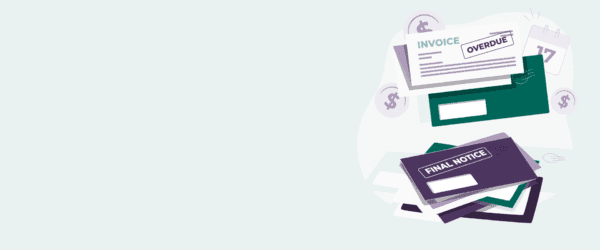The most obvious answer is: when the invoice is overdue and still unpaid. However, it can be valuable to contact your customer earlier to prevent the need for payment reminders altogether. This is where proactive invoice management comes into play. Especially true for large amounts or situations involving additional risks.
Extra care for key customers
Customers who significantly contribute to your revenue deserve special attention. A delay in their payment can immediately impact your cash flow. Moreover, you want to treat these customers well, as they are crucial to your organisation.
For this reason, key customers often receive special treatment outside the standard reminder process. This may involve account management, where personal discussions take place about invoices and payments.
By leveraging automation, you can support your employees effectively in these processes. At FIQAS, we call this principle ‘Action Before Collection’. It means acting proactively – even before an invoice is overdue – to resolve potential issues early and ensure smooth payments.
Proactive Actions Before the Due Date
With a well-thought-out proactive invoice management process, you can take the following actions as soon as the invoice is sent:
- Verify whether the invoice has been received
This ensures the invoice isn’t overlooked. If there’s an issue with its delivery, you can take immediate action. - Check if the invoice meets the required conditions
Some customers require specific details to process an invoice, such as a project or purchase order number. In these cases, you’ll want to confirm that the required information is present and accurate. - Ensure the invoice and its items meet expectations
This helps avoid delays in payment caused by confusion over a single item or minor discrepancy. If there’s an issue, you can address it promptly, for example, by clarifying details or issuing a credit note along with a new invoice. - Determine when your customer expects to pay
Knowing when to expect payment helps you plan for cash flow and follow-up checks accordingly.
A Structured Process with Abillity®
By performing these actions before the invoice due date, you eliminate reasons for non-payment and give your customer the attention they deserve.
It’s essential not to carry out all these actions at once. By scheduling them logically, with intervals in between, you allow your customer time to review matters internally.
With Abillity®, you can easily configure such a schedule. From the invoice date, the system automatically generates tasks for the relevant employee, ensuring they know exactly what to do and when.
For customers who fall just outside the classification of ‘significant revenue contributors’, you can set up a combination of tasks and automated notifications. This approach ensures these customers also receive the attention they deserve – with minimal extra effort – and may help prevent the need for payment reminders.



